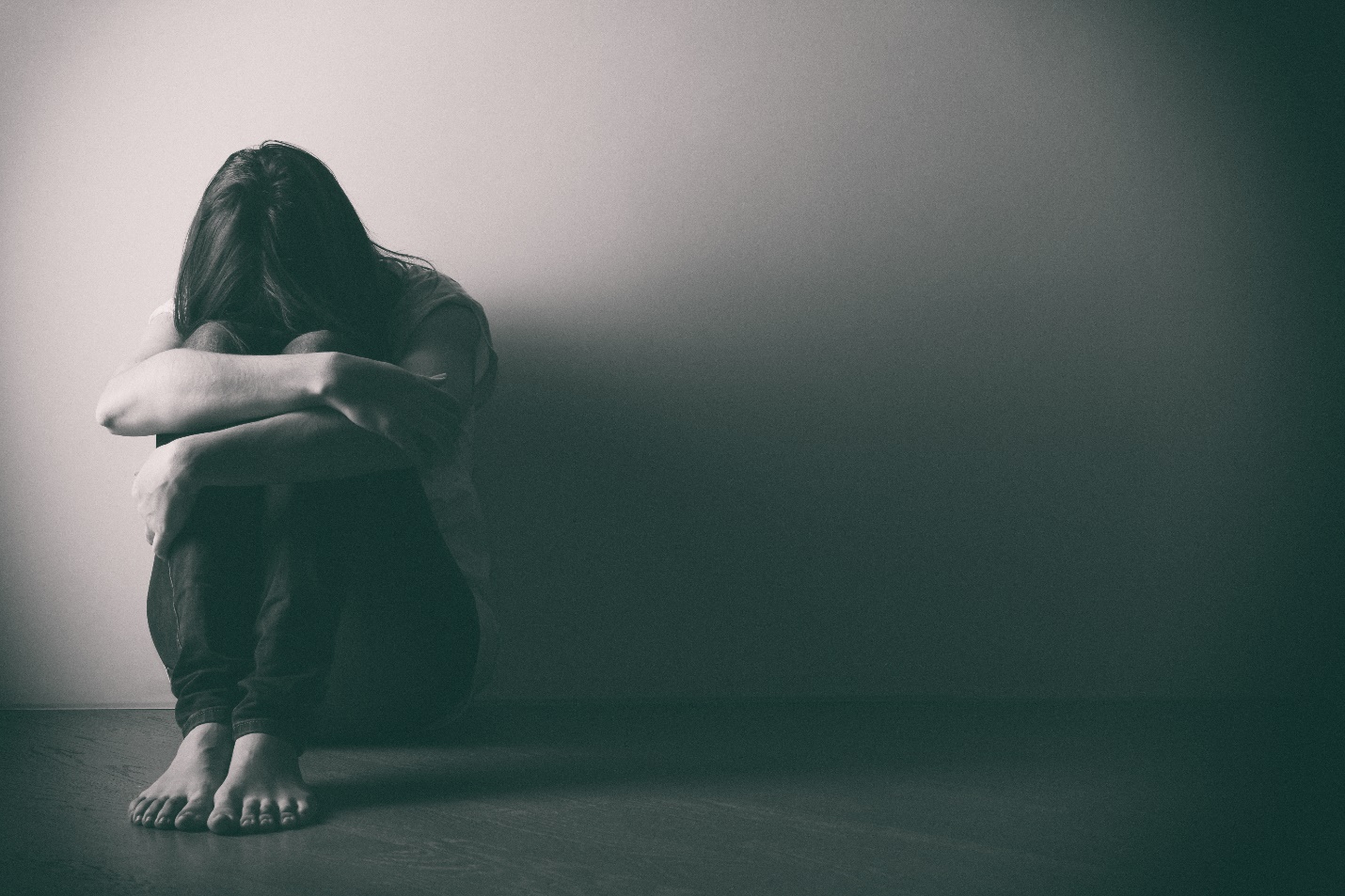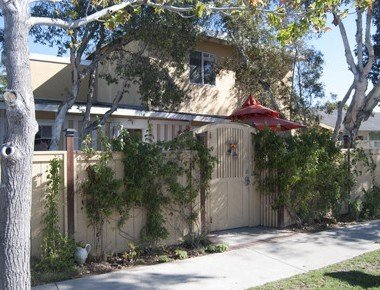PAINKILLER ADDICTION REHAB IN ORANGE COUNTY
Sections: The Problem | Why People Use | Affects | Signs & Symptoms | Withdrawal | Side-Effects | Treatment & Hope
| HELPFUL ARTICLES |
| Signs of Painkiller Addiction |
| Suboxone Addiction |
| Kratom Addiction |
Recent statistics show that about 8.7 million individuals in the United States reported misusing prescription painkillers in the past 12 months.1 While there are necessary medical uses for these drugs, many of these individuals need painkiller addiction treatment and long-term therapy sessions to successfully break free from the powerful hold opioid use disorders have on the body and brain.
Let’s explore what causes prescription drug addiction, the signs and symptoms of prescription painkiller abuse and withdrawal, and which types of therapy are used successfully in painkiller addiction rehab.
WHICH PAINKILLERS CAUSE OPIOID ADDICTION?
Painkillers are a group of medications used to reduce or ease physical pain. Categories of painkillers include non-steroidal anti-inflammatory drugs (NSAIDs), opiates, and combination drugs that contain both opioids and acetaminophen.
Opiates and combination opioids are classified as narcotics, and they help millions of people overcome the effects of severe pain, but they also carry with them a high potential for drug abuse, addiction, and even death. The prescription drugs most commonly involved in abuse and overdose include:
- Oxycodone, such as OxyContin®
- Hydrocodone, such as Vicodin®
- Methadone2
WHY ARE NARCOTIC PAINKILLERS SO ADDICTIVE?

Various painkillers work in different ways. NSAIDs such as aspirin block enzymes and proteins that cause pain, inflammation, and fever. They tend to reduce discomfort at the site of pain by decreasing swelling in the area, and they are considered non-addictive.
Opioid painkillers, on the other hand, bind to special receptors in the brain and on the spinal cord. By blocking pain messages from reaching the brain, they reduce the sensation of pain in the body. In other words, they fool the body into thinking that there is no pain. Narcotic pain relievers also depress the central nervous system, inducing a feeling of euphoria and detachment from reality.
The more someone uses the drug, the more the brain adapts to its presence. Over time, the body slows down the production of its natural painkilling chemicals called endorphins. Gradually, the brain becomes reliant on foreign chemicals, the opioids, and may interpret their absence as constant pain. Persons at this stage often display a variety of telltale painkiller addiction symptoms.
Despite possessing willpower and strong moral character, any individual who takes opioid painkillers over the long term may become addicted to them. When they become unable to obtain these legally, they may turn to street drugs such as fentanyl or heroin to avoid painful opioid withdrawal.
WHAT ARE THE SIGNS SOMEONE IS ADDICTED TO PAINKILLERS?
Abusing painkillers is the beginning of addiction. There are multiple behaviors and physical symptoms that can be warning signs of painkiller addiction. Recognizing these signs of painkiller addiction is the first step toward offering support and seeking professional help:
- Finishing prescriptions before they are eligible to refill
- Tolerance, which means needing more and more medication to obtain pain relief
- Lying about painkiller usage or becoming defensive if asked about it
- Confusion, depression, dizziness, or excessive sleepiness
- Doctor-shopping or visiting multiple doctors in the hopes of obtaining additional prescriptions
- Noticeable fluctuation in weight, either gaining or losing.
- Neglect of personal hygiene and appearance2
Physical symptoms of painkiller addiction include:
- Nausea, dry mouth, constipation, and vomiting
- Flushed complexion, itchy skin, and sweating
- Constricted pupils, slurred speech, and shallow breathing
- Increased sensitivity to pain
- Dependence, signified by painkiller withdrawal symptoms when medication is not available
Note that painkiller addiction symptoms can vary significantly from one person to another. Not everyone will display all the above addiction signs. Prescription painkiller addiction is a complex condition that is influenced by a variety of factors, including the individual’s biological makeup, the duration of use, environmental factors, and underlying mental health conditions.
SYMPTOMS OF PAINKILLER ADDICTION WITHDRAWAL
Once addicted, individuals face uncomfortable or even dangerous symptoms when they try to stop taking the drug. Since opioid withdrawals can be painful, even life-threatening, it’s important to undergo detox under the supervision of counselors and in the safety of a painkiller addiction treatment center.
Symptoms of painkiller withdrawal or overdose include:
- Severe depression, anxiety, and mood swings
- Seizures
- Heart problems
- Organ damage
- Coma
- Respiratory failure
Fortunately, help is available for those who are struggling with painkiller addiction symptoms.
TREATMENT PROGRAMS FOR PAINKILLER ADDICTION
Successful painkiller rehab programs focus on comprehensive treatment plans that address all aspects of the substance use disorder. These often include MAT or medication-assisted treatment. The National Institute on Drug Abuse (NIDA) recommends the combination of therapies to manage detox, early withdrawal, and long-term motivational supports that can help reduce the risk of relapse.3
These comprehensive addiction treatment programs have been shown to:
- Reduce substance abuse, overdoses, criminal behavior, and transmission of disease
- Increase social engagement, improve functionality, and help individuals remain in treatment
- Improve outcomes for pregnant women and their babies4
YELLOWSTONE RECOVERY’S PAINKILLER ADDICTION TREATMENT CENTER

At Yellowstone Recovery, we offer comprehensive painkiller addiction treatment in Orange County, CA. Our rehab centers feature a compassionate staff with over 20 years of experience helping thousands of individuals transcend their addiction. With detox, residential treatment, family and group therapy, intensive outpatient programs, and sober living homes, we have the ideal place to recover from the trials of painkiller addiction.
Opioid addiction is a powerful force in the lives of many individuals, but so is effective and compassionate treatment. Our compassionate staff is ready and waiting to offer evidence-based treatment with a human connection that will help you or a loved one break free of painkiller addiction and move into a new world of possibilities together. Contact us today to take that all-important first step of healing.
- Sober Living
- Outpatient Treatment
- Residential Treatment – extended care
- Primary Care – residential treatment
- Detoxification
- Intensive Outpatient Treatment
SOURCES:
- https://nida.nih.gov/publications/research-reports/misuse-prescription-drugs/what-scope-prescription-drug-misuse
- https://www.psychiatry.org/patients-families/opioid-use-disorder
- https://nida.nih.gov/publications/drugs-brains-behavior-science-addiction/treatment-recovery
- https://www.samhsa.gov/medications-substance-use-disorders
- Treatment Options
- Program Curriculum
- Program Services








